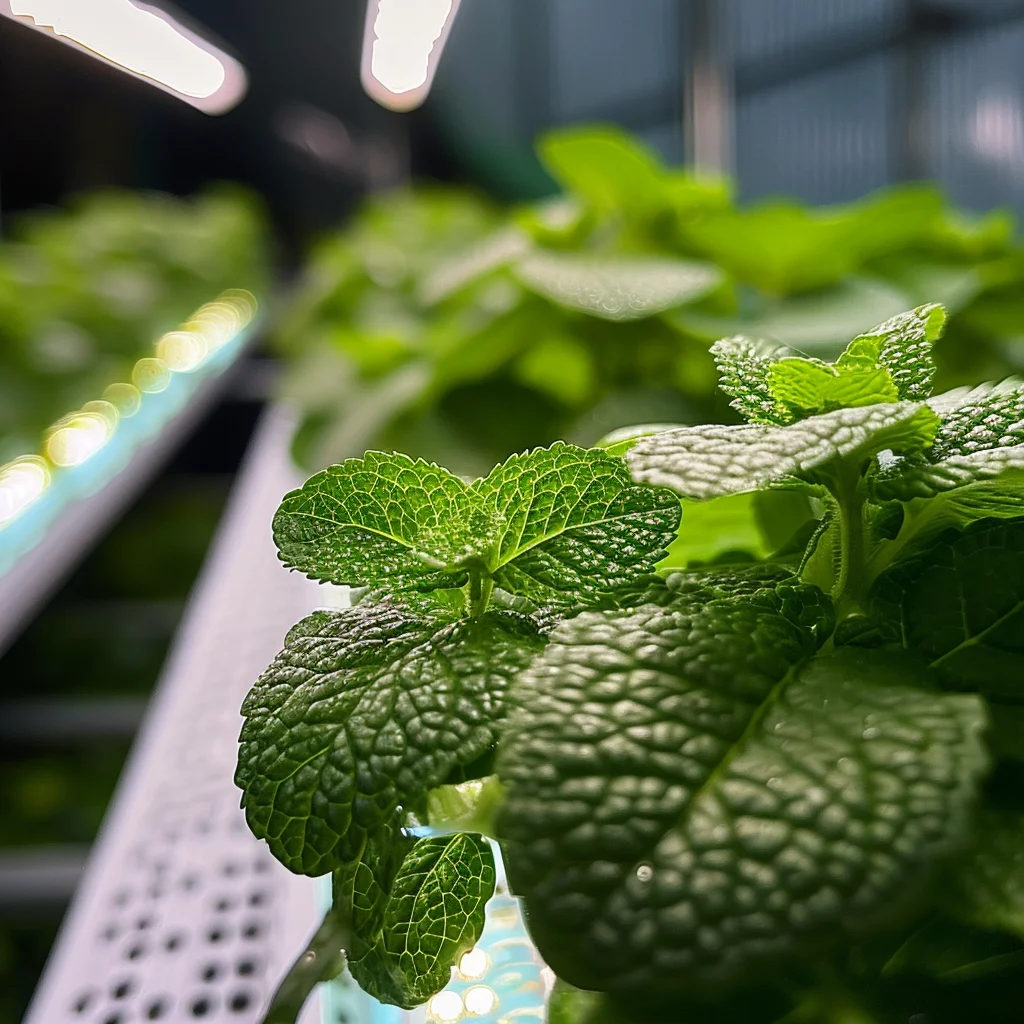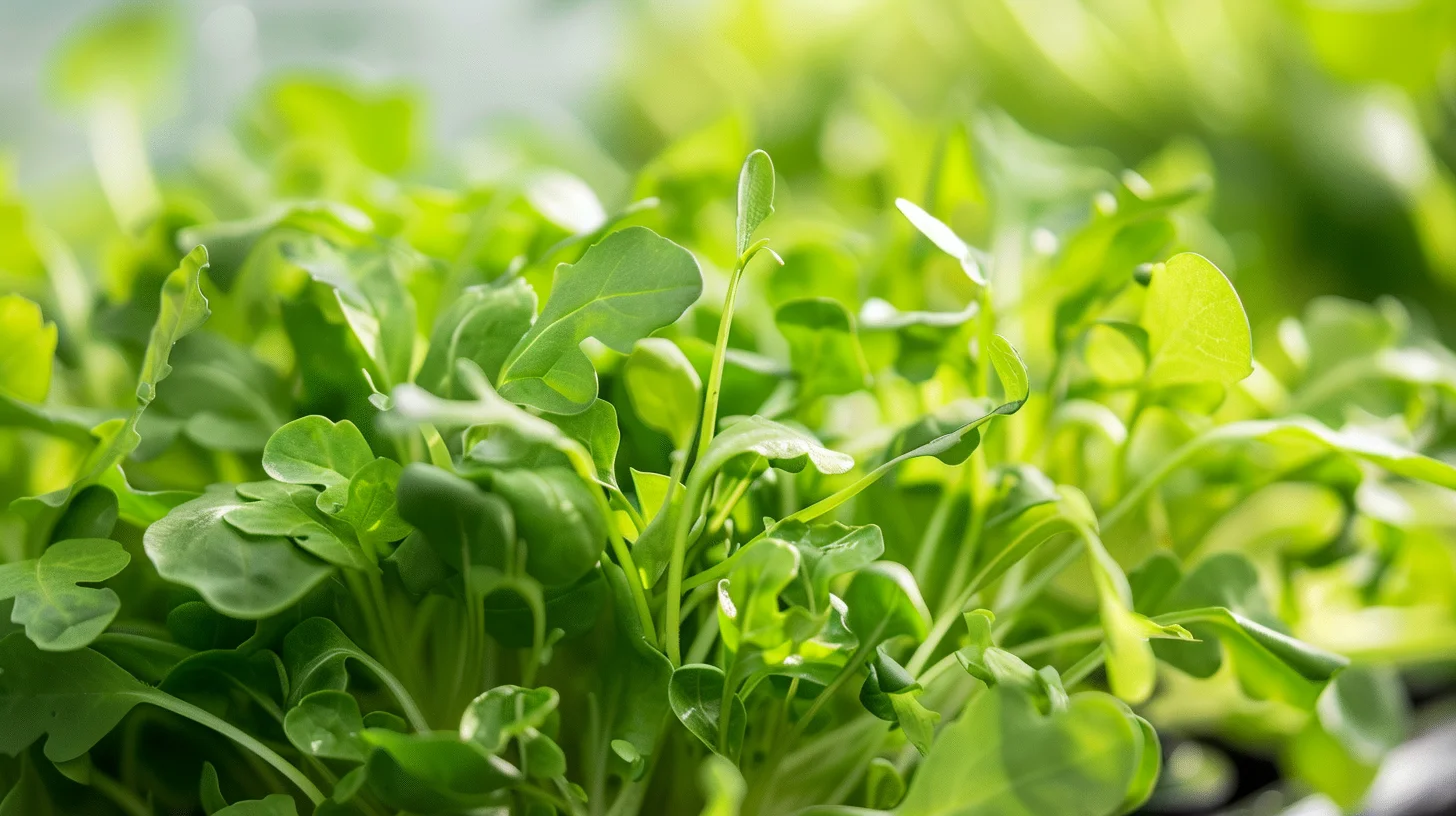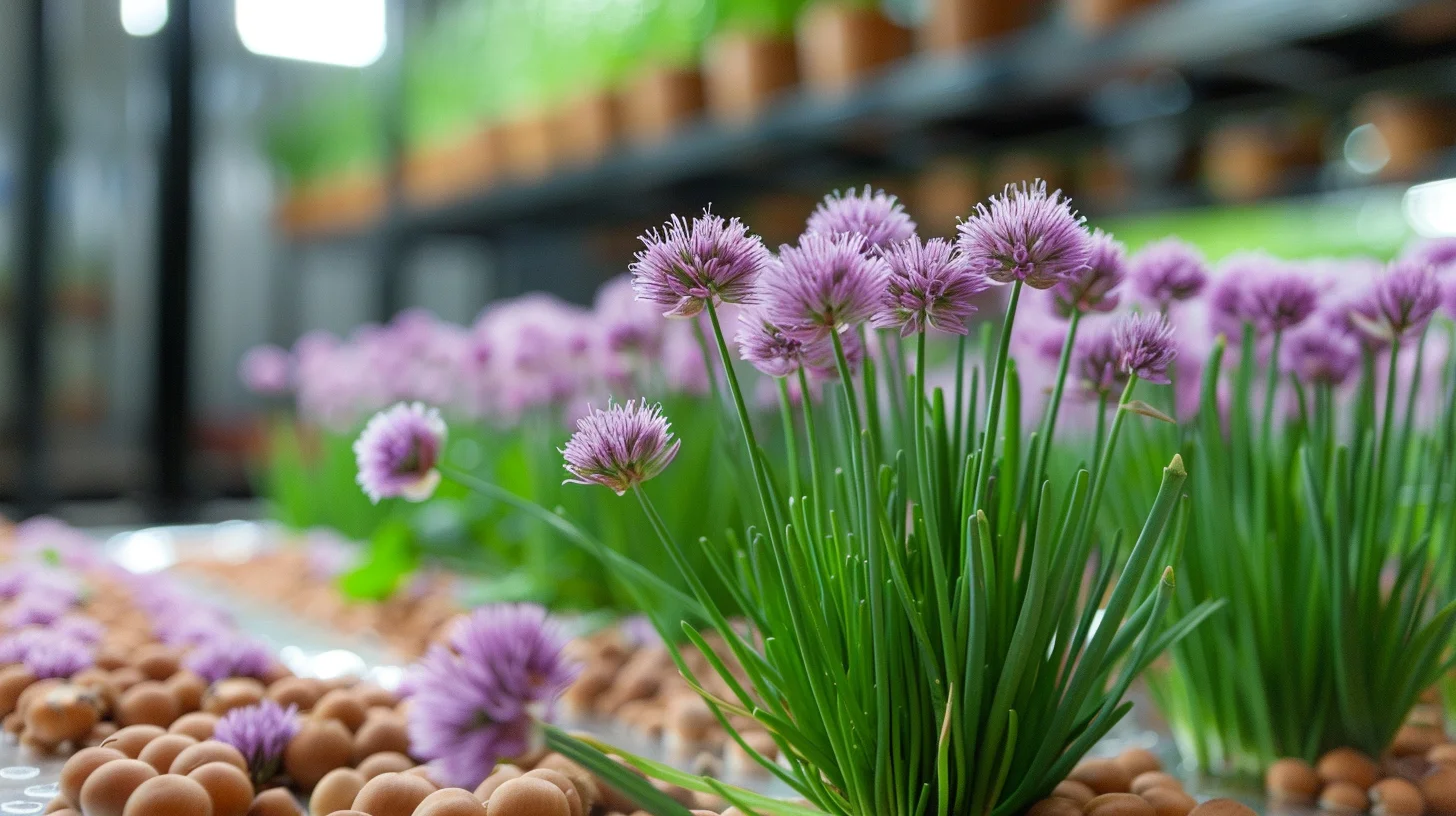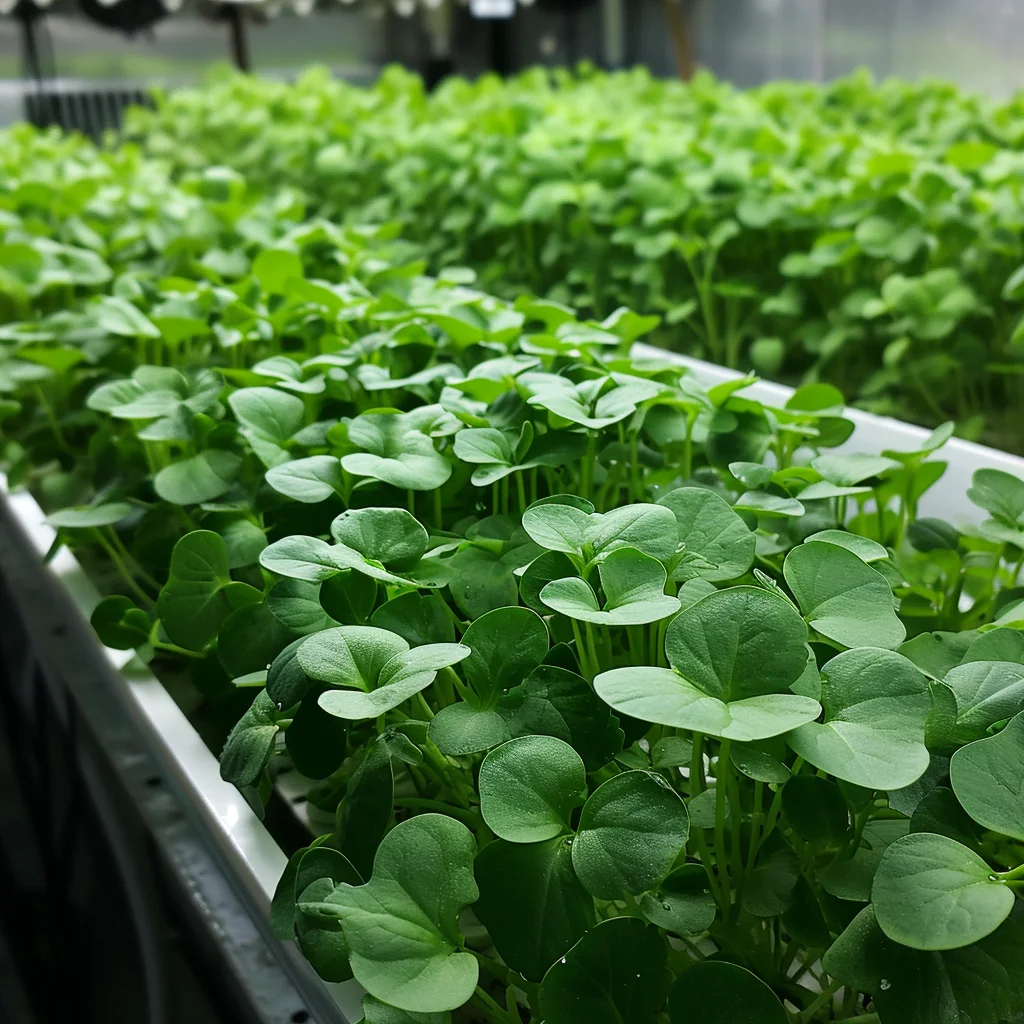Cultivating mint in a soilless environment is not only possible but can be incredibly rewarding. This guide delves into the intriguing question: ‘Can I Grow Mint Hydroponically?’ Here, we explore the efficient world of hydroponic gardening, focusing on mint, a herb cherished for its vibrant flavor and multifaceted uses. This article addresses the curiosity around the viability and advantages of raising mint through hydroponics. It offers an in-depth look at different hydroponic systems, highlights the unique benefits for mint cultivation, and provides actionable advice for maximizing growth and enhancing flavor. Designed for both experienced hydroponic enthusiasts and novices alike, our guide presents the essentials for nurturing and enjoying flourishing hydroponic mint throughout the year.
You Can Grow Mint Hydroponically!
Yes, Growing mint hydroponically is absolutely possible and can be highly advantageous compared to growing mint in soil. Hydroponics provides a controlled environment where mint’s growth can be optimized. With the right hydroponic system and a little effort, you can enjoy lush, flavorful hydroponic mint year-round.
An Overview of Hydroponic Mint
Hydroponics is a method of growing plants without soil, using mineral nutrient solutions in water. The roots are supported using a inert medium like perlite, gravel or coconut coir.
There are several benefits to growing mint hydroponically versus in the ground:
- Faster growth – Hydroponic systems deliver optimal levels of water and nutrients directly to the roots, driving faster plant growth.
- Higher yields – Hydroponic mint may produce higher yields per square foot compared to soil. The controlled conditions maximize plant growth and density.
- Pest/disease resistance – Hydroponic systems offer a cleaner, more sterile environment. This helps prevent mint diseases like verticillium wilt.
- Better flavor – Many people find hydroponically grown mint to have more pronounced, flavorful oils.
Hydroponic systems suitable for mint include:
- Nutrient Film Technique (NFT)
- Deep Water Culture (DWC)
- Drip or wick systems
- Ebb and flow
Choosing the Right Mint Variety for Hydroponics
When choosing a mint variety for hydroponics, some good options include:
- Spearmint – Most common culinary variety, with a sweeter, milder flavor. Grows vigorously.
- Peppermint – Higher in menthol, with a strong, biting flavor. Also grows quickly.
- Apple mint – Sweet, fruity flavor. Slower, compact growth habit.
- Ginger mint – Mild ginger flavor, reddish stems. Moderately vigorous growth.
- Mojito mint – Cuban/Native mintcross, used for mojitos. Very compact grower.
Some considerations when selecting a cultivar:
- Flavor – Do you prefer spearmint or peppermint’s flavor profile?
- Growth rate – Faster growing types like spearmint and peppermint may perform better.
- Leaf/stem yield – Look for cultivars known for generous foliage and low woody stems.
Setting Up the Hydroponic System
Several types of hydroponic systems can successfully grow mint. The most common choices are:
Nutrient Film Technique (NFT)
- Channels recirculate a thin film of nutrient solution over the roots.
- Requires some degree of ongoing monitoring and maintenance.
- Promotes very fast mint growth.
Deep Water Culture (DWC)
- The roots are fully immersed in an aerated nutrient solution.
- Aeration and pH monitoring are critical.
- Provides great yields but higher maintenance requirements.
Ebb and Flow / Flood and Drain
- Periodically floods the root chamber with nutrient solution.
- Allows for a decently simple, low maintenance setup.
- May require more space than NFT or DWC.
Wick and Drip Systems
- Use wicks/drippers to deliver nutrient solution.
- Very simple passive setup, great for beginners.
- Growth rate and yields typically slower than active systems.
No matter the system, proper lighting, temperature control, ventilation, and reservoir maintenance are critical for healthy hydroponic mint. Target an EC of 1.2-1.6 and a pH around 6.0 when formulating your nutrient solution.
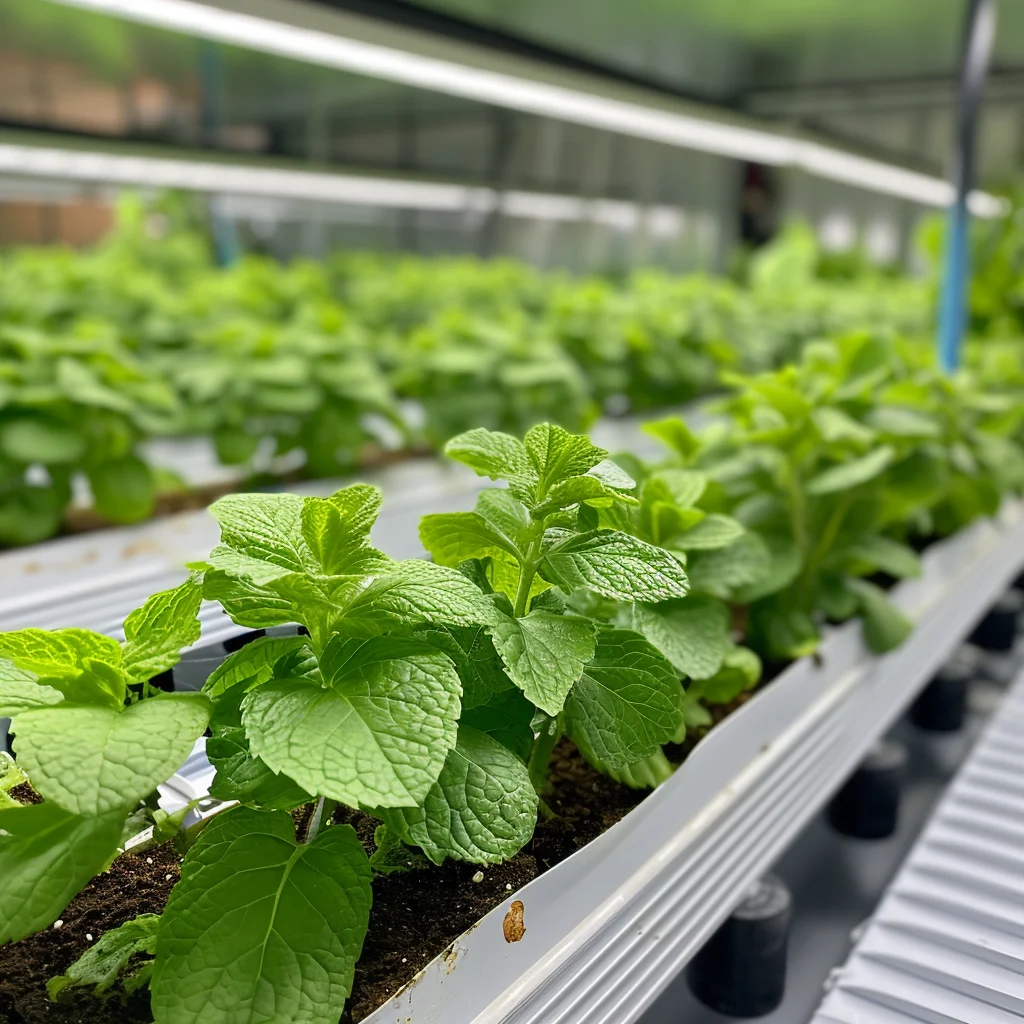
Propagating Mint for Hydroponics
Starting mint from cuttings is recommended over seed. To propagate:
- Take 5-6 inch cuttings from vigorous mint stems. Cut just below a node.
- Remove the lower leaves and place the cutting in water to root. Change the water daily.
- Roots should emerge within 1-2 weeks. Plant the rooted cuttings into the hydro system.
- Take extra cuttings – mint can be prone to transplant shock and damping off when moving to hydro.
Caring for Hydroponic Mint
To maximize the health and yields of your hydroponic mint, be sure to:
- Maintain optimal water temperature of 65-75°F – mint growth suffers above 80°F.
- Prune back mint regularly to encourage bushy new growth.
- Check that oxygen levels stay high – low oxygen causes problems.
- Top off the reservoir as needed to maintain water levels.
- Adjust pH down if it climbs above 6.5. Mint prefers pH between 6.0-6.5.
- Watch for signs of problems like root rot, nutrient deficiencies, etc.
Maximizing Hydroponic Mint Yields
To encourage the highest yields from your hydroponic mint:
- Prune frequently – Pruning stimulates the plant to produce new growth. Remove flowering stems.
- Provide ample light – Mint thrives under high light conditions. Supplement with grow lights if needed.
- Maintain optimal EC – Target an EC between 1.2-1.6, depending on the mint variety. Too low encourages excess foliage growth.
- Ensure good oxygenation – Low oxygen causes poor root health and reduced yields.
- Keep temps in range – Aim for 65-75°F. Temperatures above 80°F will diminish yields.
Hydroponic Mint Pest and Disease Control
Common mint pests to watch for include:
- Spider mites
- Aphids
- Thrips
- Whiteflies
Diseases to prevent include:
- Mint rust
- Verticillium wilt
- Powdery mildew
- Root rot
Practice smart sanitation and environment control in your hydroponic system. Use natural pest deterrents like neem oil when needed. Ensure no stagnant moisture builds up. Promptly remove any diseased plant matter.
Harvesting and Using Hydroponic Mint
- Begin harvesting mint once the plant is well established, about 10 weeks after planting.
- Pick leaves as needed, pinching stems right above leaf nodes. New growth will emerge.
- Harvest mint in the morning after dew dries for best flavor.
- Hydroponic mint has a much stronger flavor than soil-grown. Use less when cooking/garnishing.
- Store freshly harvested mint properly in water/bags to maintain freshness. Freeze or dry excess.
Hydroponic mint can be used anywhere you would use conventional mint – teas, cocktails, salads, desserts, etc. The concentrated flavors make it perfect for creating minty drinks, sauces, jellies or infused vinegars. Enjoy your fresh, homegrown hydroponic mint!
The Bottom Line
Growing mint hydroponically is absolutely feasible and has many advantages over soil cultivation. With a properly designed system, you can achieve faster growth, higher yields, and great flavor with hydroponic mint. For the best results, use a vigorously growing variety, propagate from cuttings, and maintain optimal conditions in your system. Follow these best practices for hydroponic mint, and you’ll be harvesting abundant quantities of incredible mint all year round.
